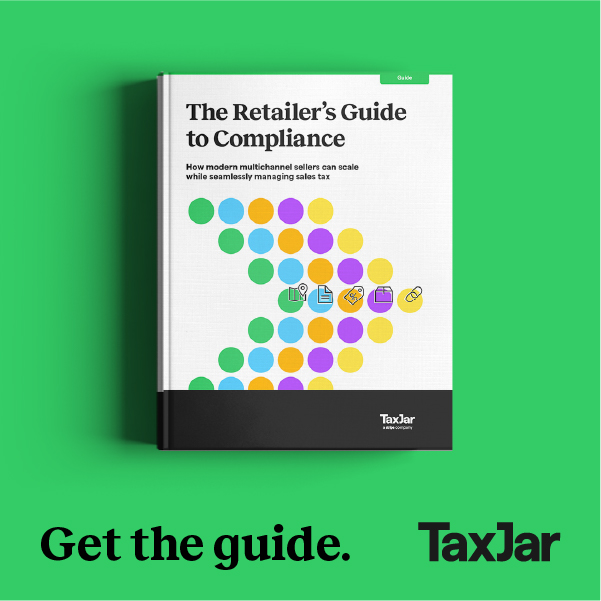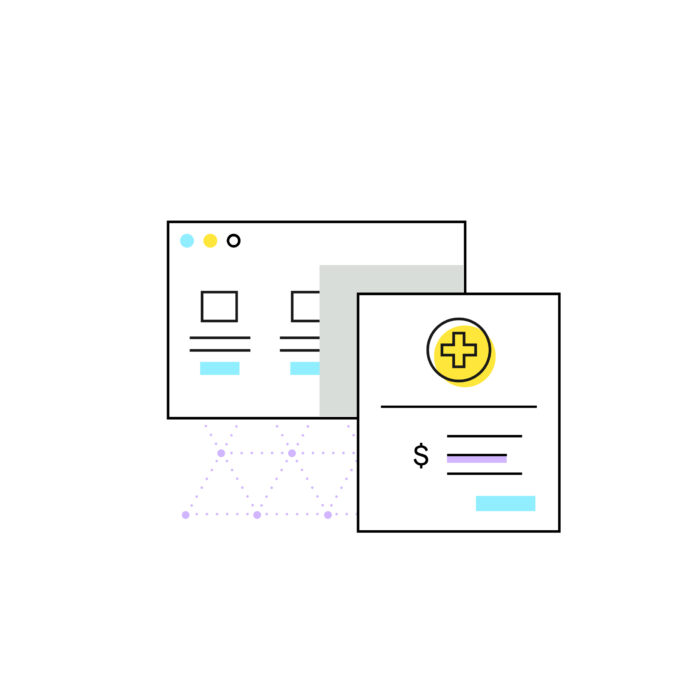TaxJar’s support for refund rollovers
by December 25, 2024
Although most companies have policies to address returns, when it comes to how refunds are treated from a sales tax perspective — things aren’t so easy.
How do states handle refunds on sales tax filings?
Before we dive in, let’s start with a simple example of how refunds may impact sales tax in a state. Meet John, owner of ‘John’s Sporting Goods’.
John’s Sporting Goods files quarterly sales tax returns in California. With the release of John’s private label running shoe, sales spiked over the holidays requiring them to pay $10,000 in sales tax to California for Q4 in 2020. After a number of customers complained about how uncomfortable the shoes were, many ended up returning the product right after the holidays.
John had to refund $1,000 in sales tax collected from the returnees. Instead of claiming a $1,000 credit on his Q1 2021 return, California wants John to file an amended return for Q4 2020. California requested this because sales tax rates across California changed between when the items were purchased and when they were eventually returned. Because of this, the California sales tax filing system would not be able to correctly credit John for refunds if he adds credits to his Q1 2021 returns.
Essentially, some states require you to file an amended return (instead of allowing you to claim a credit) for sales tax you refunded to customers for a couple of reasons:
- To calculate the exact amount of sales tax you collected (or credit you the exact amount you refunded)
- To prevent fraud
Also, in some states – usually states with uniform tax rates within the state, or with simple returns – sellers can claim a credit on a current return rather than filing an amended return.
TaxJar expands coverage of refund rollovers
Some TaxJar customers have seen negative values show up on reports (typically because they’ve seen more refunds than sales in a jurisdiction over a set period), however, most states won’t let you file negative amounts. We handle these negative jurisdiction amounts with refund rollovers which eliminates negative totals by allowing you to roll over refunds to your next filing period.
TaxJar has the ability to roll refunds over to the next open period in every state. As each state approaches refunds differently (amend past returns or apply credits on the next return filed) we’ve had to tailor our product to address variances between states.
How does this impact you?
This means all state reports in TaxJar have automated refund rollover support, which helps you address negative amounts that may prevent you from filing in some states.
- Alaska, Maine, and North Dakota now have automated refund rollover support.
- Rollover abilities have recently been added for: AL, AR, AZ, CA, GA, HI, IA, MD, MN, MS, NC, NE, NM, NJ, NY, NV, OH, SC, SD, TN, TX, UT, VT, VA, WI, WY, as well as all Simple Electronic Return (SER) states.
Your in-platform experience depends on whether or not you’re set up for AutoFile. If you file your returns manually, you’ll need to take the following two steps:
- Access your state report for each relevant filing period.
2. Press the blue “Apply Refunds to Future Filings” button.
AutoFile customers do not need to take additional steps, because our system will automatically apply the rollover when necessary.
What should you do next?
In a perfect world, there would be one set of uniform laws and regulations governing the treatment of sales tax refunds across states. Today, that isn’t the case but the good news is you can find links to your state’s department of revenue, and contact info if you have state-specific questions.








